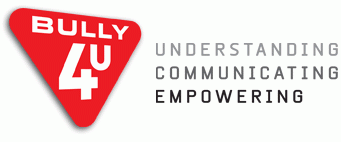Facebook Inc’s (NASDAQ:FB) popular photo sharing app Instagram, which was acquired by the social-media giant three years ago, has updated its guidelines for users on Thursday. The new rules specifically disallow nudity and harassment in uploaded pictures.
Since its acquisition in 2012 by Facebook for $1 billion, Instagram’s user base has grown from 30 million to 300 million. But so have its problems – the platform had been facing issues such as cyber bullying. Many parents from various areas in the US had been complaining that their children’s photos are being uploaded with mean captions and offensive comments.
The ap was having trouble handling nudity in uploaded content. There had been hundreds of complaints regarding abuse of such content, to which Instagram has responded quite appropriately in its revised rules, which stated: “We have zero tolerance when it comes to sharing sexual content involving minors or threatening to post intimate images of others.” The new guidelines have strictly disallowed close ups and full shots of buttocks.
However, the new community guidelines have maintained a fine line between art and pornography. The platform specifically mentions that it does allow “photos of post-masectomy scarring and women actively breastfeeding” apart from nudity in an artistic or harmless form of expression such as in sculptures and paintings. This is an improvement on the old guidelines, which debarred all pictures including any type of nudity, which had offended many users. Users such as Canadian woman named Heather Bays had her account deactivated after Instagram removed a photo that showed her breastfeeding her 20-month-old daughter. Even though her account was reactivated later, this activity has been offending to Ms. Bays. The platform took down a lot of pictures that included explicit portrayal of pubic hair and nipples.
Instagram has changed the overall tone of its new guidelines, which is reflected by the reduction in the number of instances the word “please” is used. In fact, the revised guidelines have a rather commanding tone, as they go on to say: “Overstepping these boundaries may result in a disabled account.”
So Why Did Instagram Do This?
With the fast-paced growth Instagram achieved in a rather short time period, it developed serious issues with all the nude content being uploaded by users on a daily basis. Revenge porn – the online sharing of sexually explicit pictures without obtaining consent of the person in the picture – was becoming common. So was pornography, cyber bullying, and harassment. In 2013, the company was also questioned by the BBC on pictures of illegal drugs for sale being shared on the platform by users. Had the company not taken the step it did yesterday, it might as well have faced legal scrutiny.
Prior to this move, Instagram was facing critical responses by celebrities on its old guidelines. Last week, pop music icon Madonna criticized the platform for having “hypocritical” standards. She protested against its policy to allow pictures of buttocks but not of female breasts, by uploading a nude picture of her that censored her nipples.
To address these issues, the company did the right thing by fine-tuning its community guidelines. Instagram’s Director of Public Policy Nicky Janson said she aims to “create a standard that most people can live by.”
